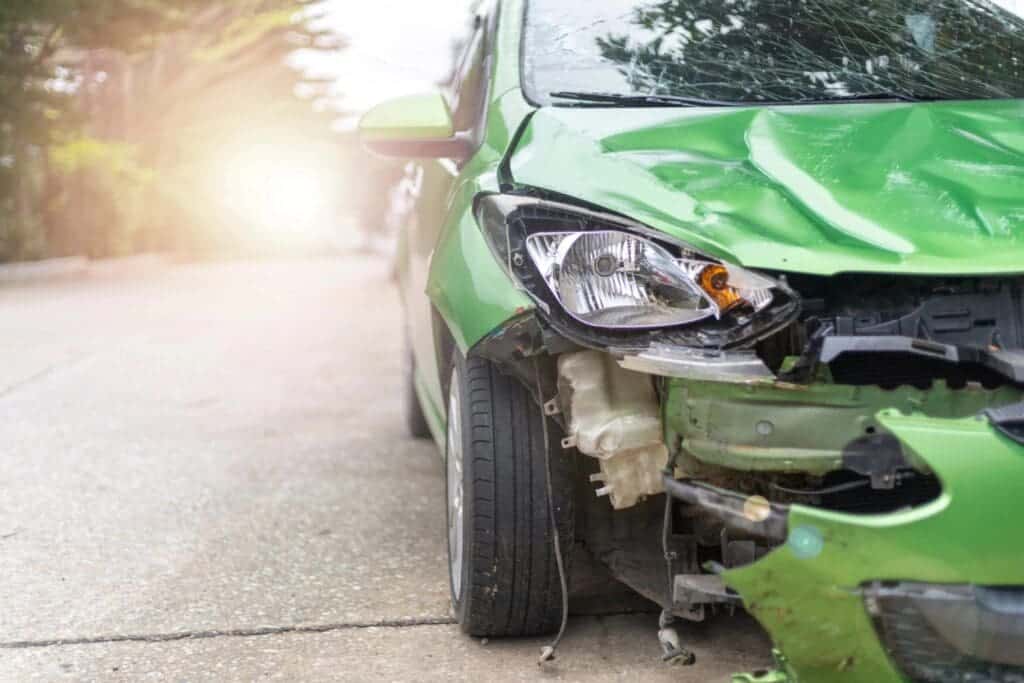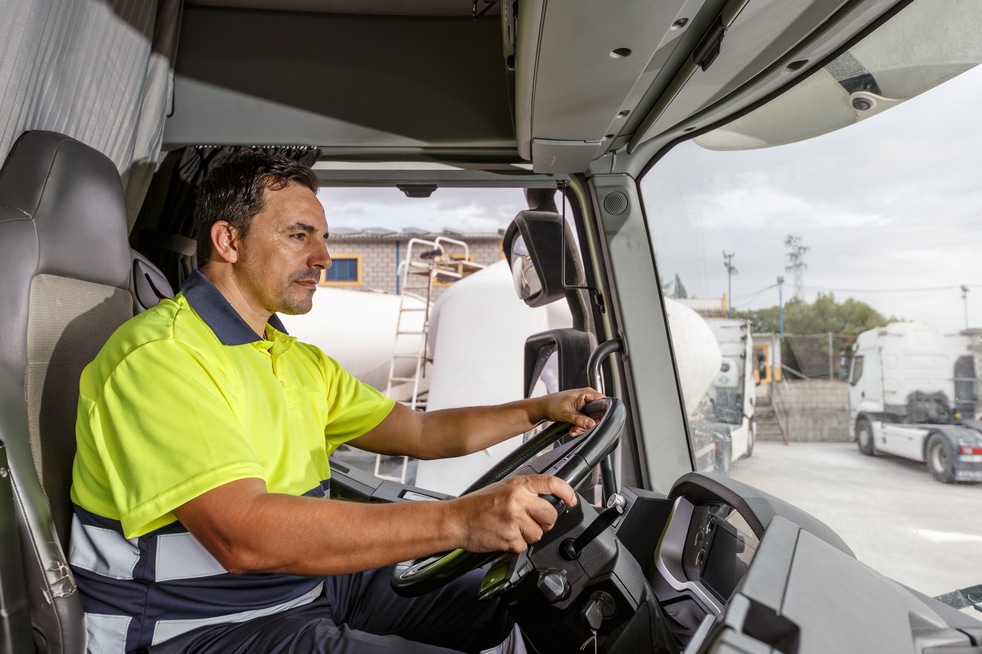After a car accident, insurers try to figure out which driver was at fault. This may affect the amount of the insurance claim payout or denial of a claim. At times fault can be difficult to prove. Each state deems and attributes fault in a car crash differently, in particular when it comes to property damage as opposed to bodily injury claims.
Most insurance coverage provides for Personal Injury Protection (“PIP”), which provides benefits regardless of who is at fault. This coverage generally only applies to policyholders.
What is a “Fault” in a Car Accident?
An at-fault car accident is one where the driver performed an action or did not take an action that caused the incident, commonly called an accident. At-fault accidents can include incidents such as drunk driving, texting while driving, or – alternatively – ignoring traffic signs and warnings.
The very best way of avoiding being at fault is to abide by the law and drive safely. However, at times you may still be found at fault as you may not safely operate your vehicle, and a decision may end up being the wrong one.
Recommended Article: What is No Fault State
Why is Proving Fault in a Car Accident Important?
Deciding on who was at fault for a car accident is, obviously, very important as it normally prescribes who will bear financial responsibility for injuries – as well as other losses (“property damages”) – that result from the crash.
Normally, the person who causes the accident will end up paying for any vehicle damage or personal injuries which result. Most of the time, the driver who is at fault doesn’t pay this money themselves – their car insurance company will do this.
Insurance companies and their representatives play a major role in investigating and evaluating the cause of an accident and fault.

Evidence that Proves you are Not at Fault
To show that you are not at fault for a car accident, you will have to show enough evidence that another party was at fault.
Driver’s Information at the time of the Car Accident
Record all required information about the other drivers and vehicles that are involved, such as:
- Details of the other drivers (names, contact details, address, as well as vehicle insurance information).
- An image of the other driver’s license.
- Details of vehicles that are involved in the accident (make, model, color, and registration number).
- Details of eyewitnesses, most importantly if it is a serious accident, but you should get this information after any accident.
Copy of the Police Report
Requesting a police report is straightforward. This can be done in person or by mail.
Photographs
After an accident, it is important for people injured to obtain necessary medical treatment, but if you can do so, take photographs of the cars involved in an accident and also the area around the accident scene.
Traffic Camera Footage
Generally, the only traffic cameras that could potentially film your car accident are red-light cameras and speed cameras. Another traffic camera might film your accident if you were in a construction zone when your collision occurred. If you believe that a traffic camera filmed your accident, you should contact an attorney immediately.
Business Camera Footage
Often local businesses have cameras set up near and around their shops and facilities. If you believe that there may be footage from a business camera, you should contact an attorney immediately.
Black Box Data
The data from the car’s event data recorder often includes speeds and braking. Most late-model cars have comprehensive data recorders.
In addition, many late-model car event data recorders can determine the seat belt status of the driver’s seat belt and the front passenger’s seat belt. There are a select few cars on the market with black boxes that will also record the status of the rear seat belts.
Report the Car Accident to Law Enforcement
It is the law to report a car accident after it occurs. In addition, reporting an accident and the facts of the accident can help support your position as to the cause of the accident if a dispute later occurs.
Document Vehicle Damage
After an accident occurs, you need to document the vehicle damage. This can be done with photographs or by a repair shop.
Get Witness Testimony
Witness statements can be a crucial part of a car crash claim. Take down the names and contact information of any witnesses.
Check Your Local Traffic Laws
Check if any traffic laws have been violated. If the police have already been to the scene of the accident, they may have already issued citations. If that’s the case, the driver who has received a citation is usually deemed to be at fault, although this is not always the case.
Don’t Admit Fault and Keep it to Yourself
One of the main things to do if you’re in a car crash or fender bender is not to admit that you were at fault at the scene of the crash before any evidence is gathered.
Helpful Reading: Is it Illegal to Use an Expired Car Seat
Frequently Asked Questions (FAQs) – No Fault in Car Accident
What Happens When it is no fault?
When you are not at fault in a car collision, the other driver’s insurance has to cover the damage to your car – as well as your medical bills – and any damages allowed under the law for your injuries and damages, up to their policy limits. If it takes some time to determine fault, you can lodge a collision claim with your insurer to obtain the benefits under your insurance policy.
How Does Insurance Work when it’s not your fault?
In most instances, if you are not at fault in a motor vehicle accident, the other party’s state-mandated liability insurance coverage will cover damage to your car and property and medical bills for injuries and damages for your injuries as allowed under the law. One limitation may be the limits of the other person’s insurance policy.
Although Washington State mandates automobile insurance coverage, many drivers do not compile with this requirement. In addition, often, the at-fault party’s coverage is not sufficient to compensate for the injuries and damages caused. Under most insurance policies, Underinsured or Uninsured coverage is available and provides coverage for those uninsured or inadequately insured.
How do insurers decide who is at fault?
The insurance claims adjuster will collect details about the accident. This may incorporate reviewing the police report, interviewing involved parties and any eyewitnesses, as well as assessing photos of the accident’s damage. Based on his or her review, the adjuster works with the insurer to determine who’s at fault for the accident. Often times there are liability disputes that need to be adjudicated with the help of an attorney.
Conclusion
For more than the last 36 years, personal injury lawyer Kevin Coluccio has been working to protect seriously injured people as well as the families of those people who have died. His work has earned over $300 million for the clients he has served, including those pursuing injury and death claims.
Need help with proving you are not at fault in a car accident? If so, call Coluccio Law to see how we can help!
Helpful Reading: Texas Multiple Car Pile Up




